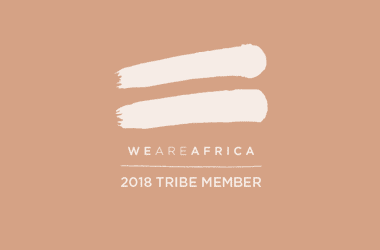Our seasonal rains started on 2nd November. The sight, sound and smell* of those first rains filled our hearts with joy. Within days the bush started to transform from a dry barren landscape to a green lush Eden.
*Petrichor is the earthy scent produced when rain falls on dry soil. The word is constructed from Greek petra(πέτρα), meaning “stone”, and īchōr (ἰχώρ), the fluid that flows in the veins of the gods in Greek mythology. (Thank you Wikipedia)
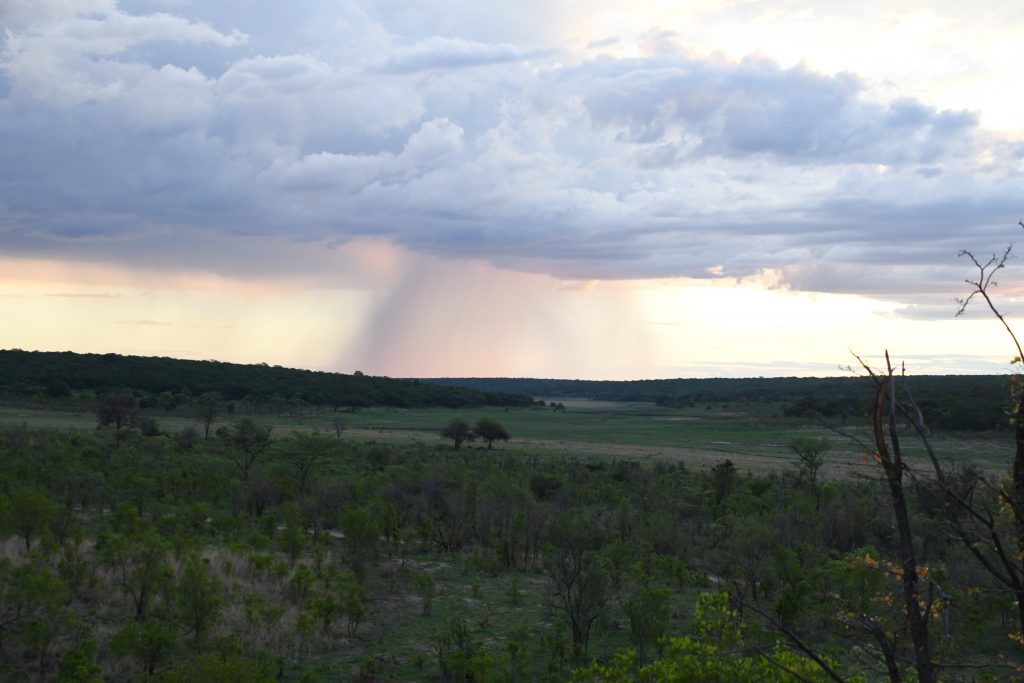
The start of the rains and the green (or “Emerald”) season is an incredibly special time to be in the bush. The first rains signal the arrival of many “tiny babies” including warthog piglets, mongoose pups and impala young – which all compete for the title of “cutest”. In November the piglets took the crown.

Baboon babies deserve a special mention as well, as they learn to do life: climbing trees, surmounting termite mounds and grooming each other.
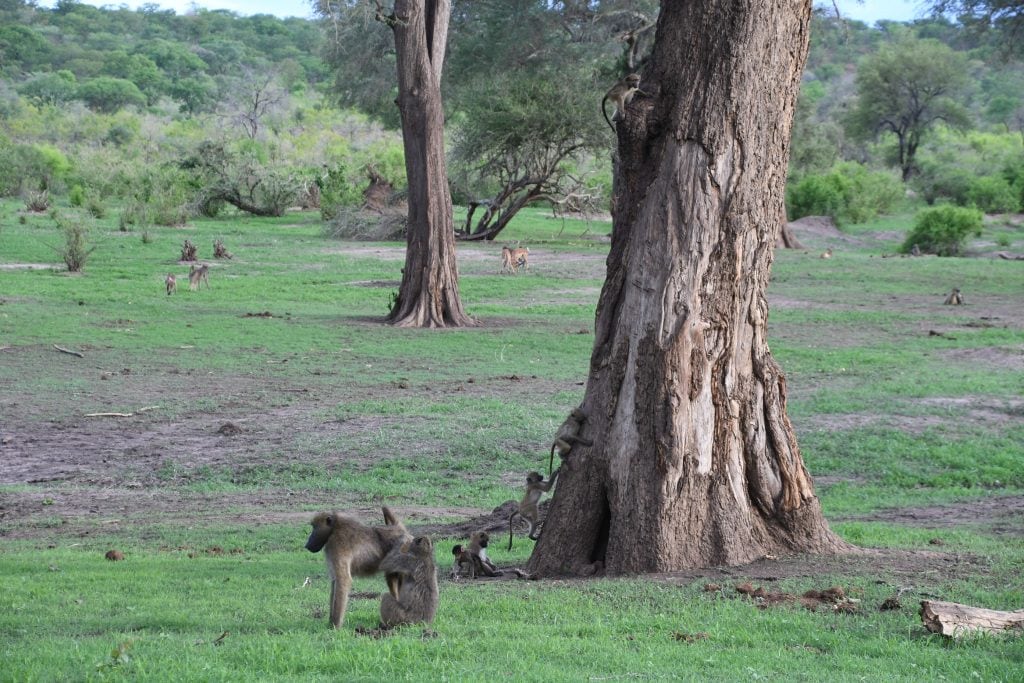

This time of the year also brings the appearance of dung beetles, which provide hours of entertainment for guests and guides alike. There’s so much to learn about these incredible creatures. Because of their role in “cleaning up the environment” they are considered (along with their dung producing friends, the elephants) to be a keystone species. Our friends at Sabi Sabi Game Reserve have put together a factsheet on dung beetles if you’re interested to learn more.
What about the Big Guys? Don’t worry they are still here 🙂 Although the green season can be considered more challenging with regards to game viewing, as the bush thickens out, Matetsi Private Game Reserve has beautiful open plains (vlei) areas, which attract the grazers, and so the predators. Our guests enjoyed brilliant lion, elephant and buffalo sightings.
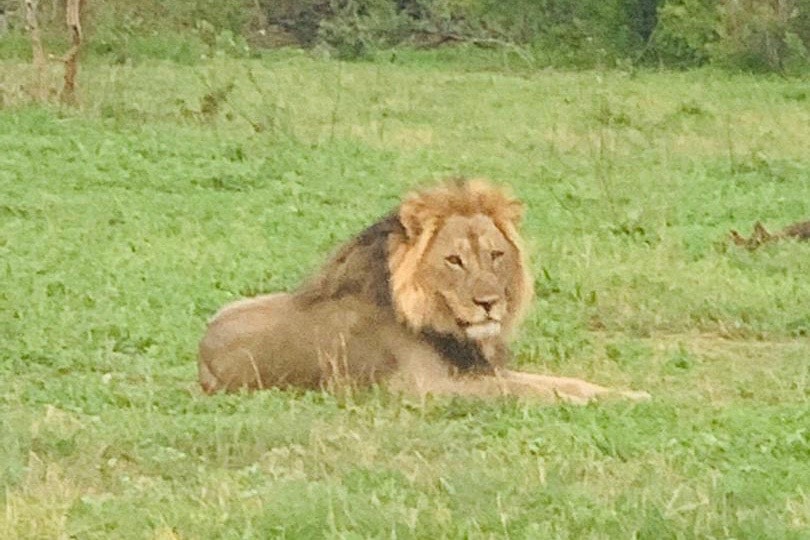
The lioness and 2 young cubs are doing well. Various of the smaller prides have been seen throughout the month. A highlight for many guests was a mating pair – a dark maned male and his lioness.
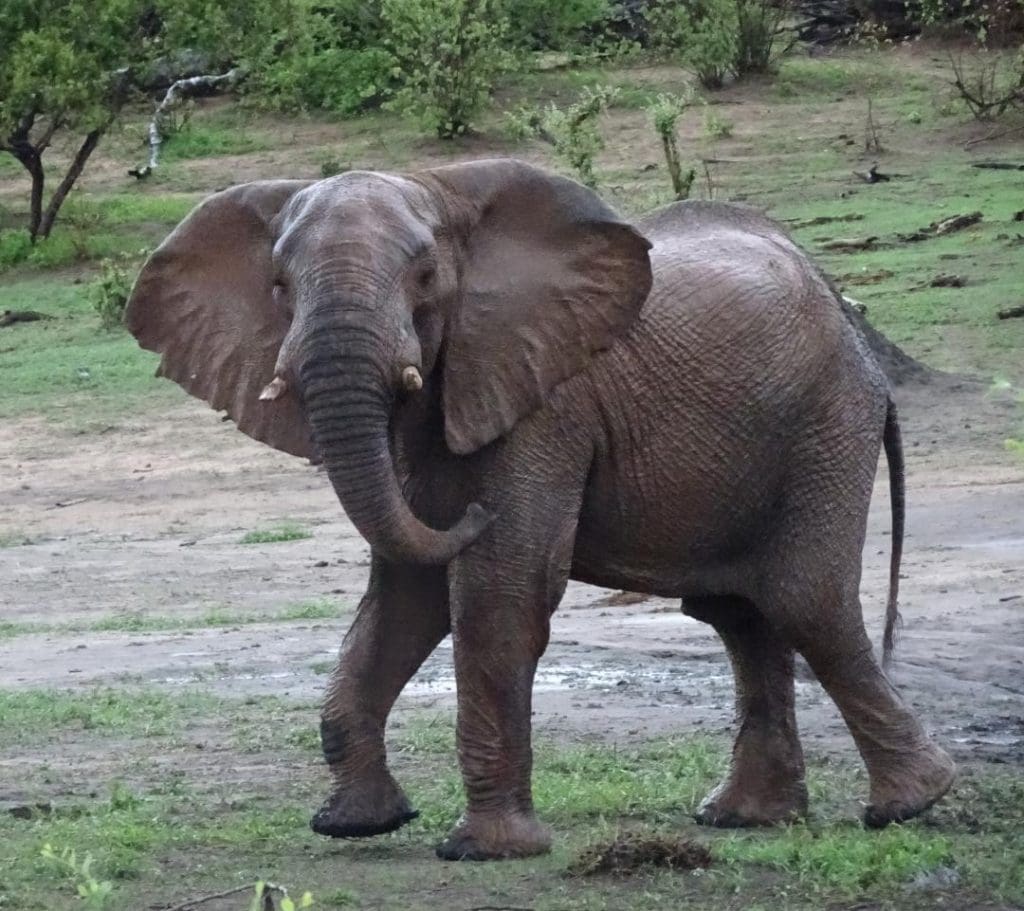
Elephants, which still roam in large numbers, are thriving in the newly revitalized wilderness. They have been seen playing in the rain and mud, which gives their skin a walnut brown coat with dark shades of grey.
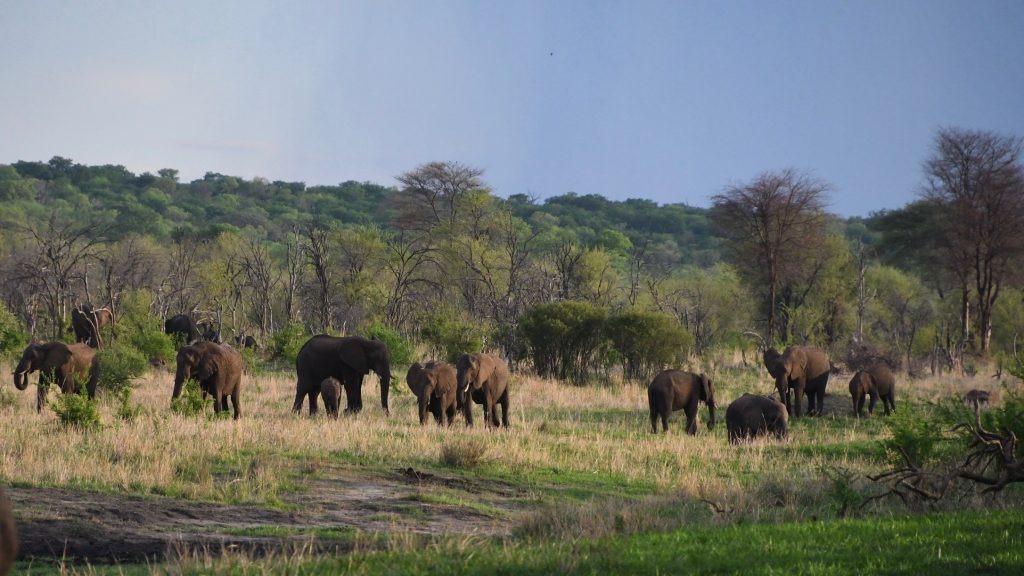
Large breeding herds of buffalos keep away from the dark cotton soils, which become very muddy with the rains. They tend to move through the areas with Kalahari sands rather.
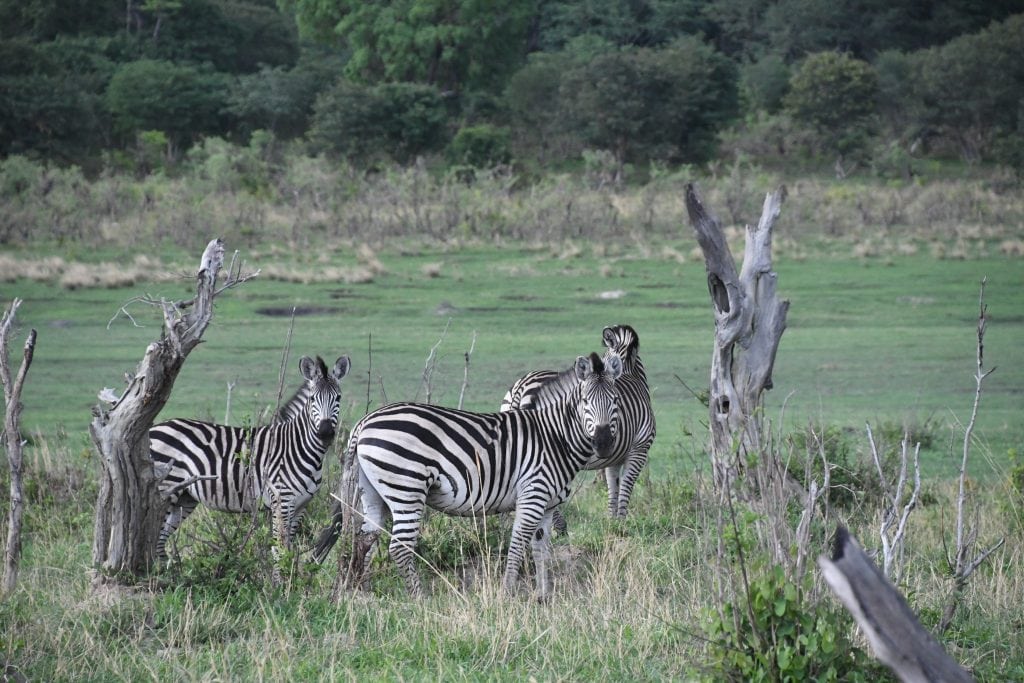
Zebra, giraffe and impala were counted as “many+” and kudu populations are clearly doing well, with regular sightings despite the thicker bush.
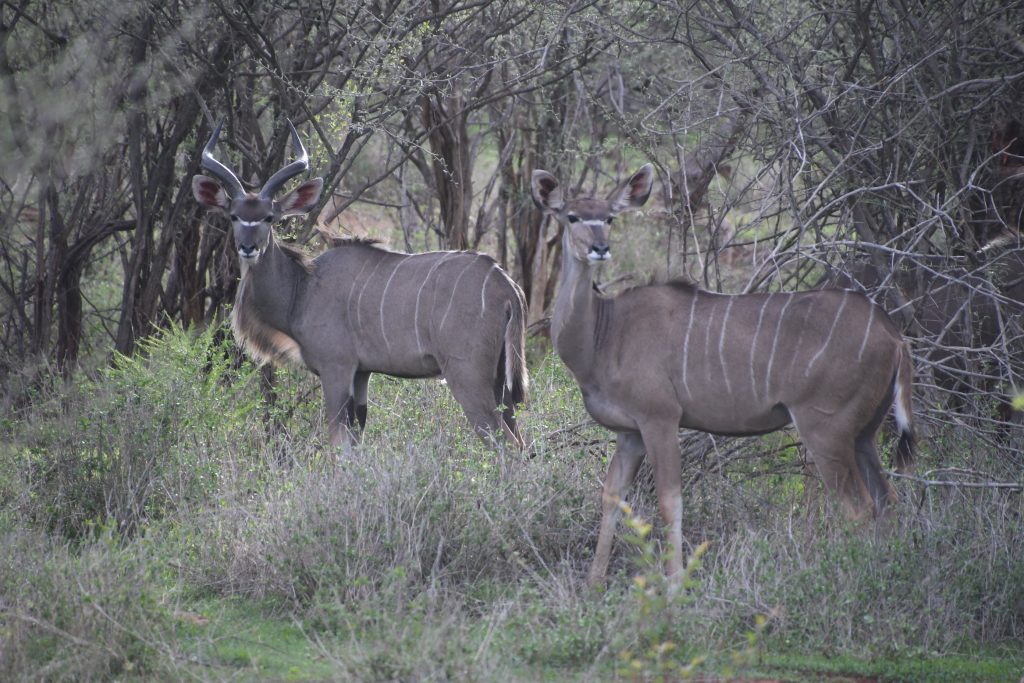
We continue to be see and hear hippos in the river on the Eastern side of the lodge, and at the jetty site. Crocodiles range in size from “small croc” to “giant”.
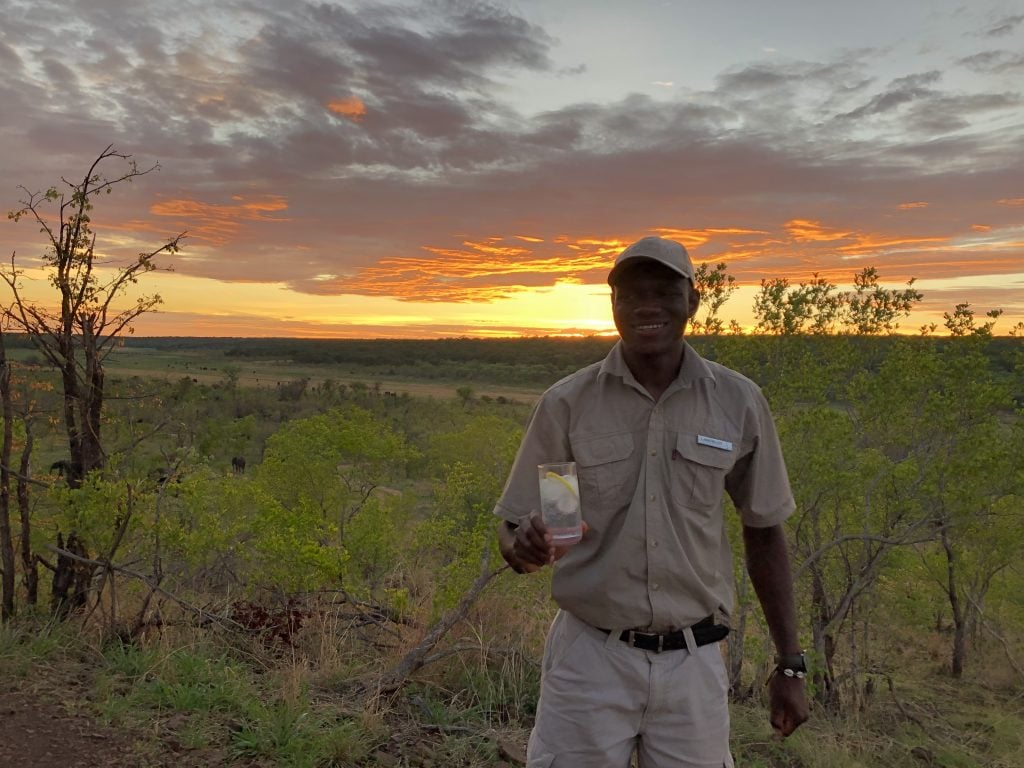
Oh, and the cloud formations create truly spectacular sunsets – best accompanied by a GnT (from Lance’s bush bar).
Interesting Sightings
Rainy season is also the time for “bugs” in the bush. For those with an interest in insects, this is a great time of year to see the small things, like these two moths. Pictured: The Family: Saturniidae (Emperor moths) lmbrasia belina (mopane moth).
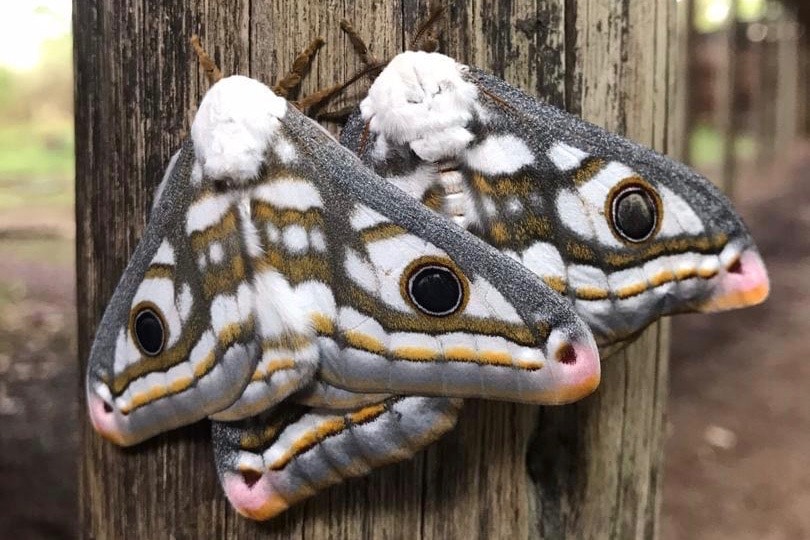
Nocturnal sightings include hyenas, African Wild Cat, genet and serval, and not forgetting the bushbabies.
The green season is a time for special and interesting bird sightings. This is both with regards to species and behavior (but more about that in the coming months). Pictured: Marabou Stork “fishing” for frogs at December pan.
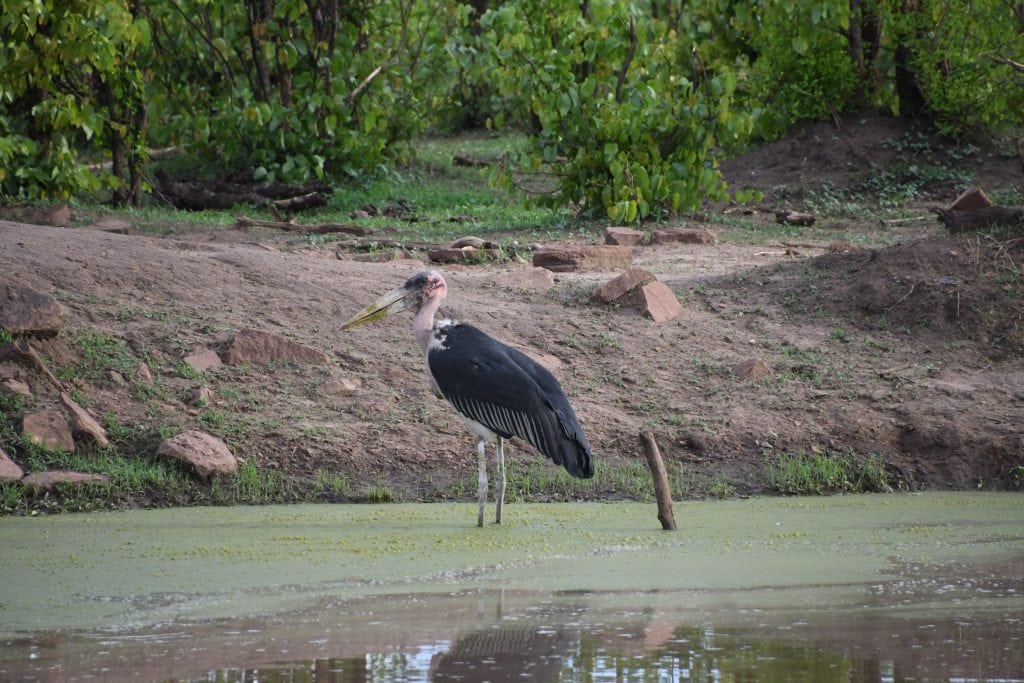
In nature, you never know what you’ll see. One of the most fascinating sightings of the month was a great example of that: jackal hunting mongooses. The mongooses had found shelter in the hollow of a fallen tree stump. Two jackals worked together to flush them out. Though the mongooses were aggressive and very fast and managed to elude the jackals.

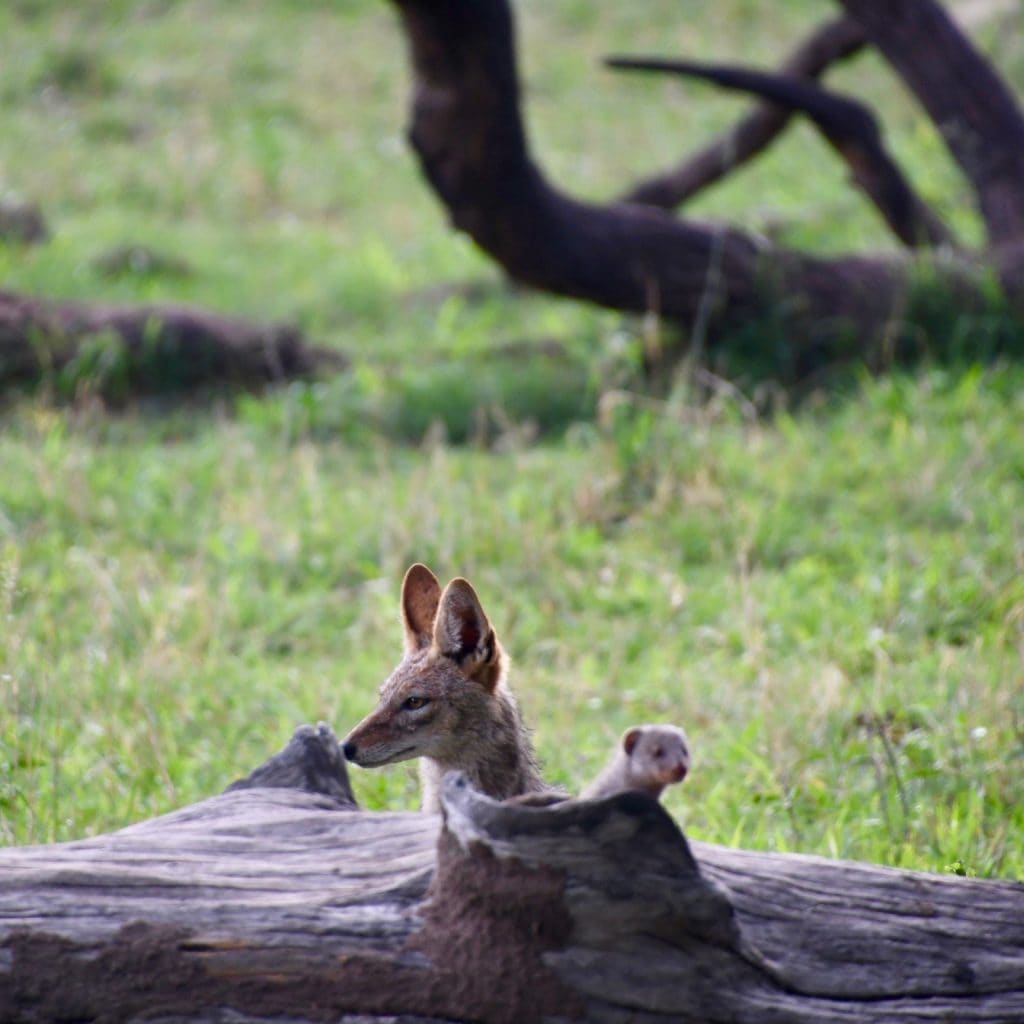
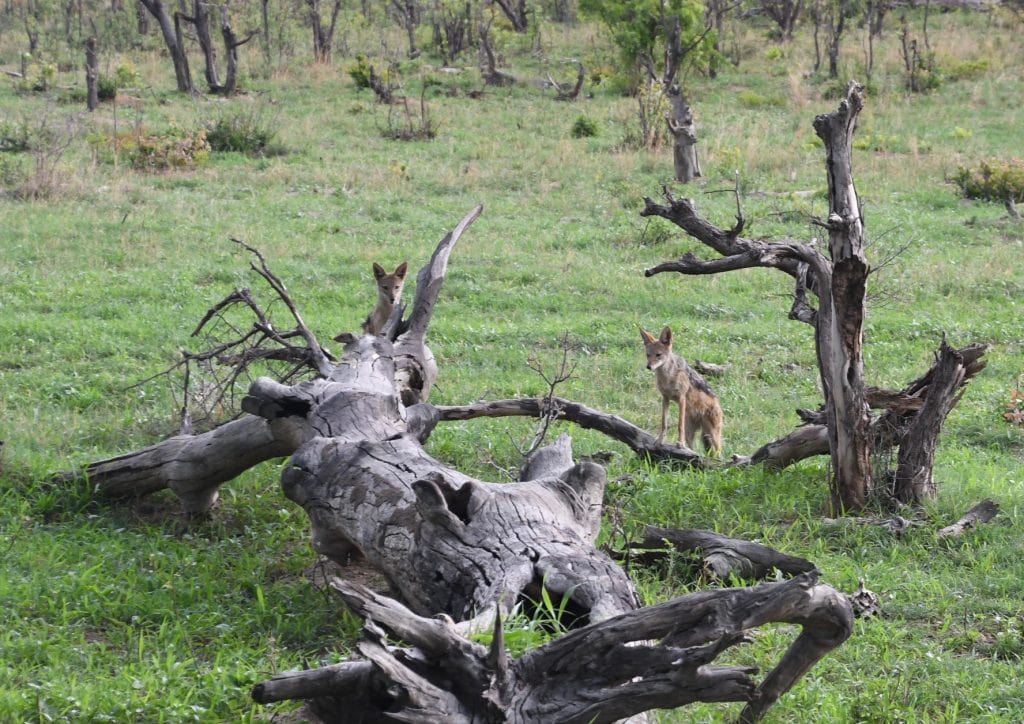
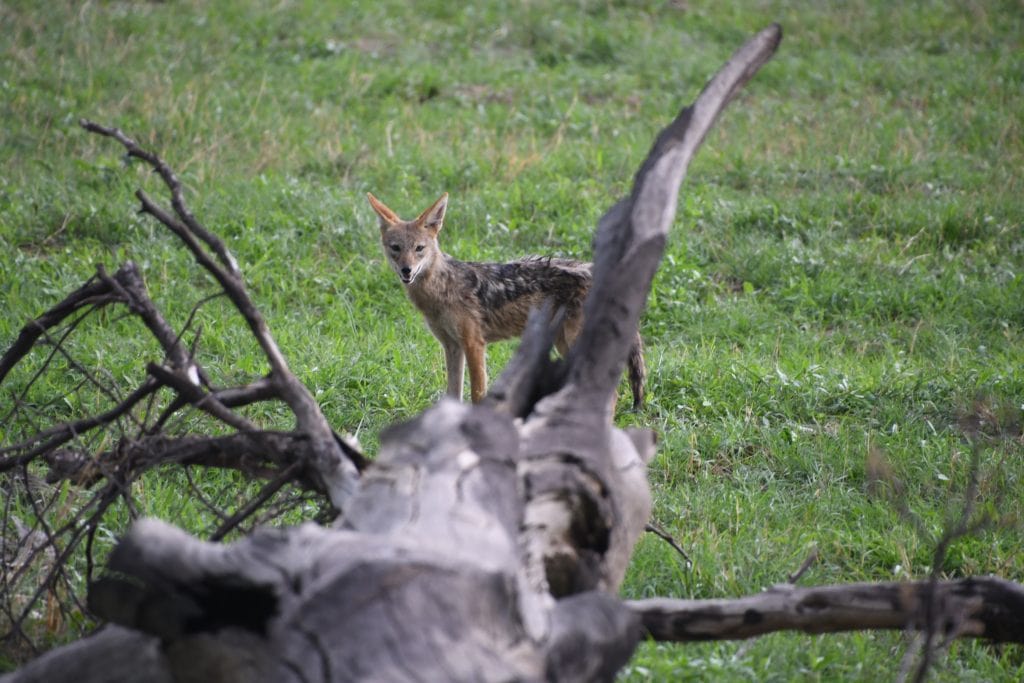
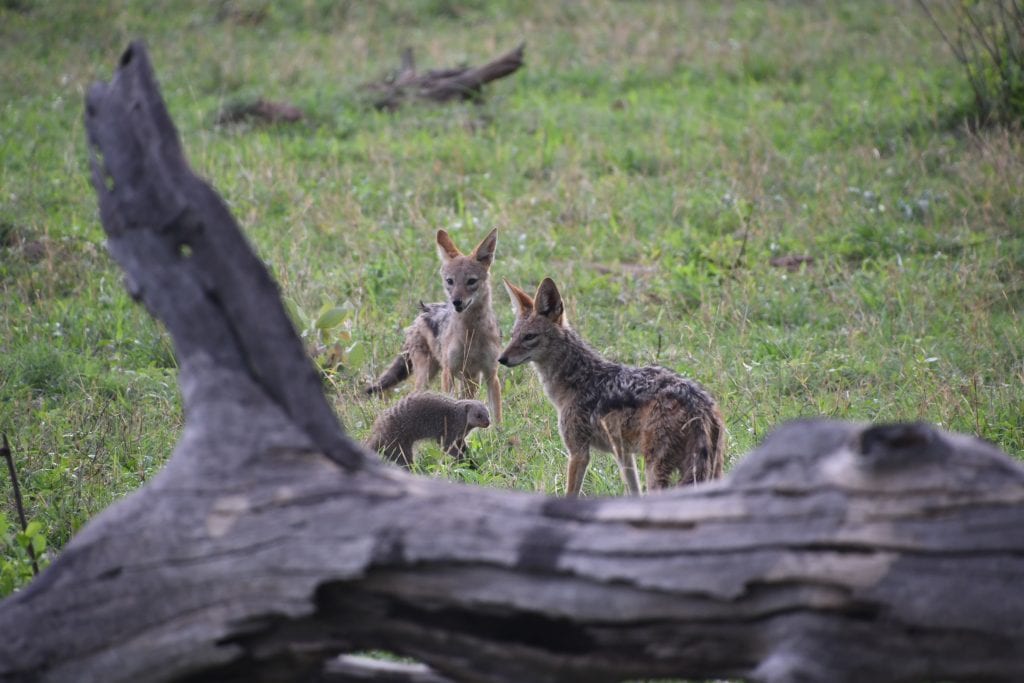
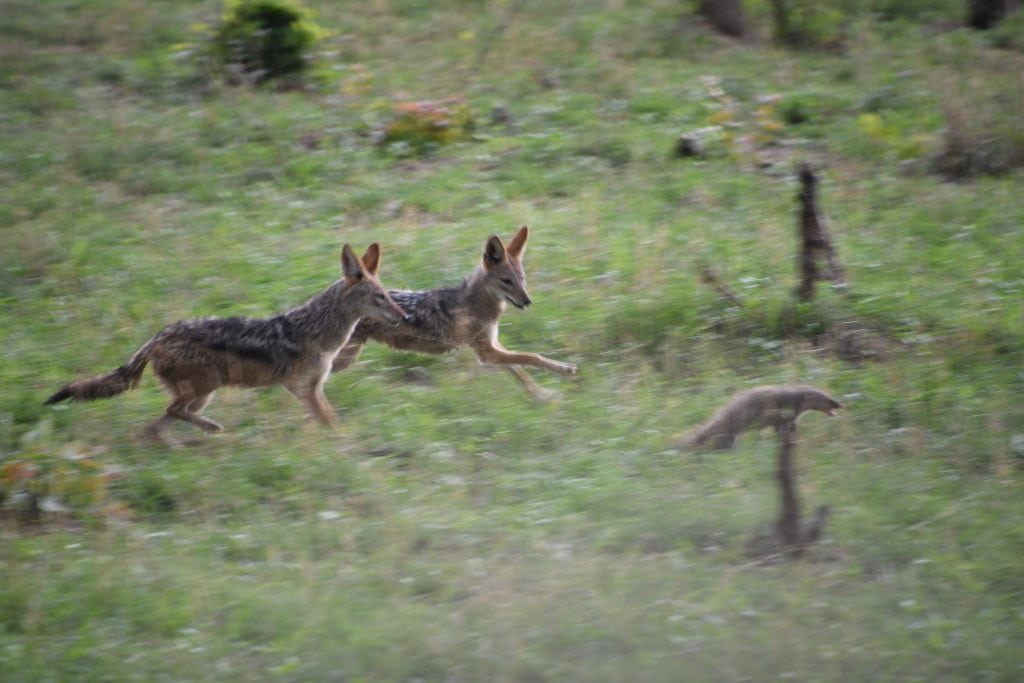
Many thanks to our team and guests for the photo contributions this month. Particularly, Crawford, Simba, Bryan, Sangweni, Ophious, Jono, and Leanne.



